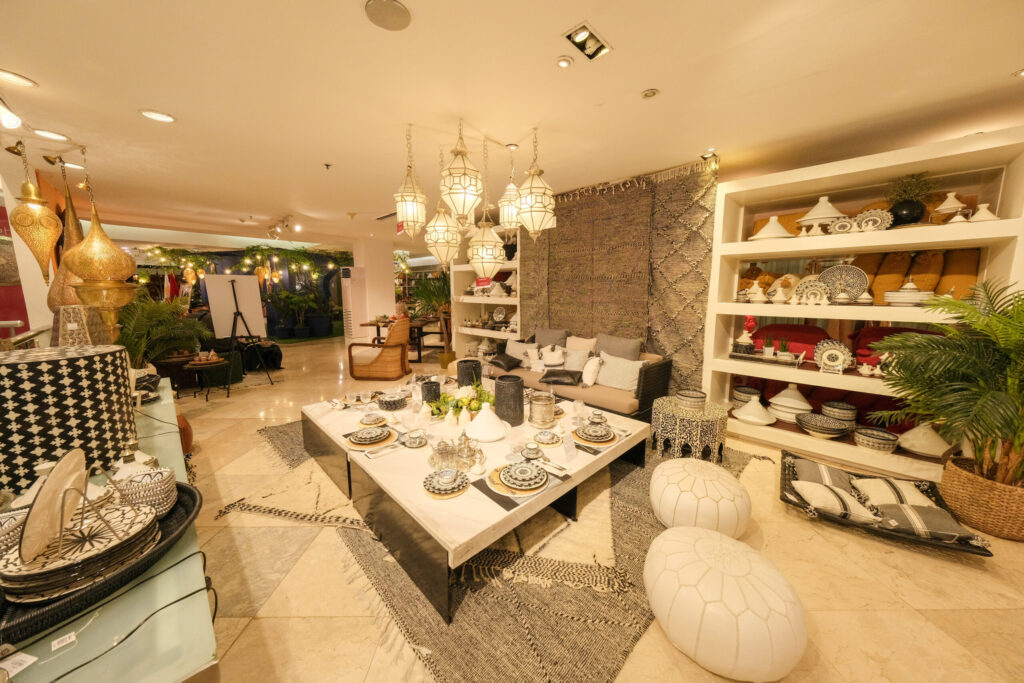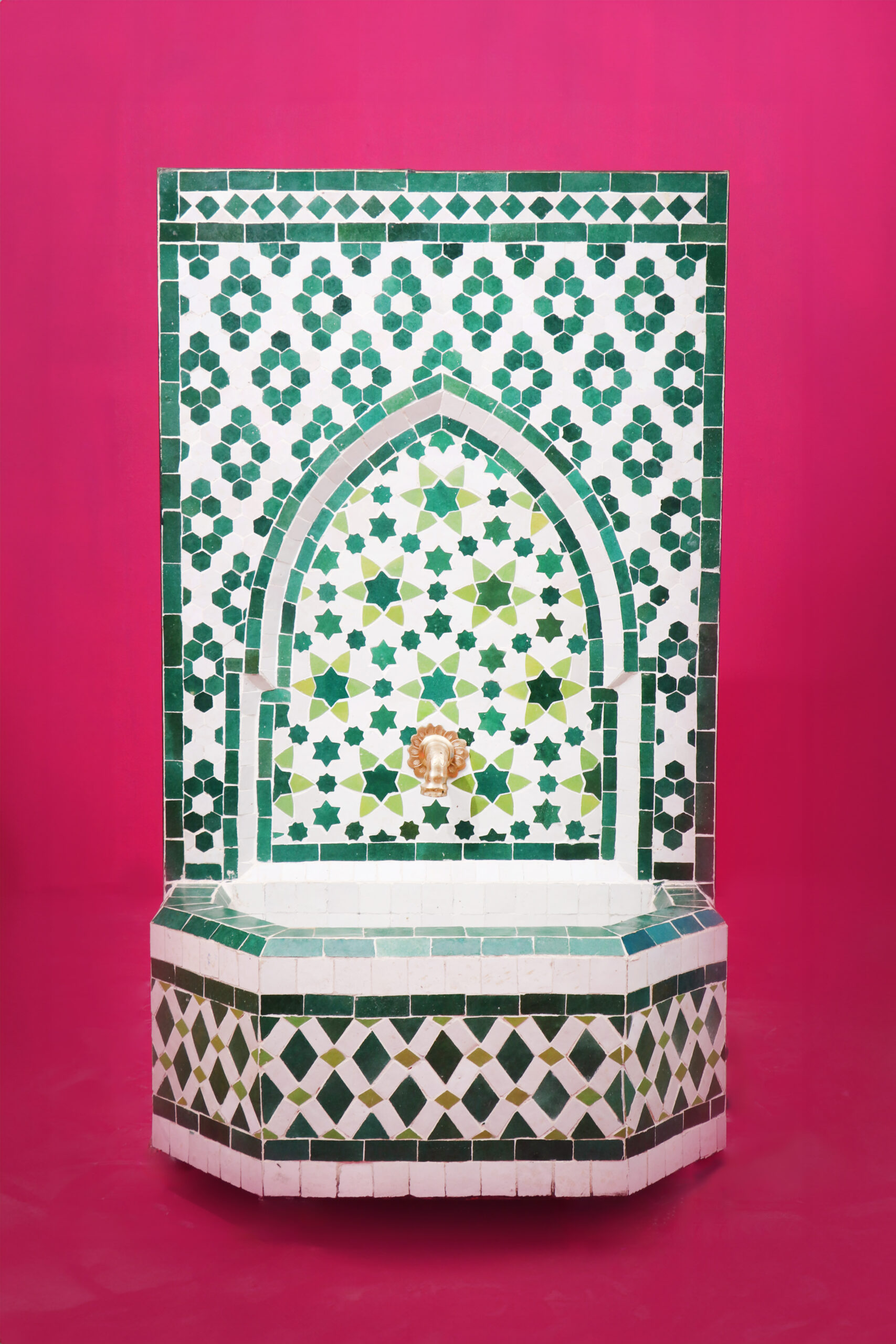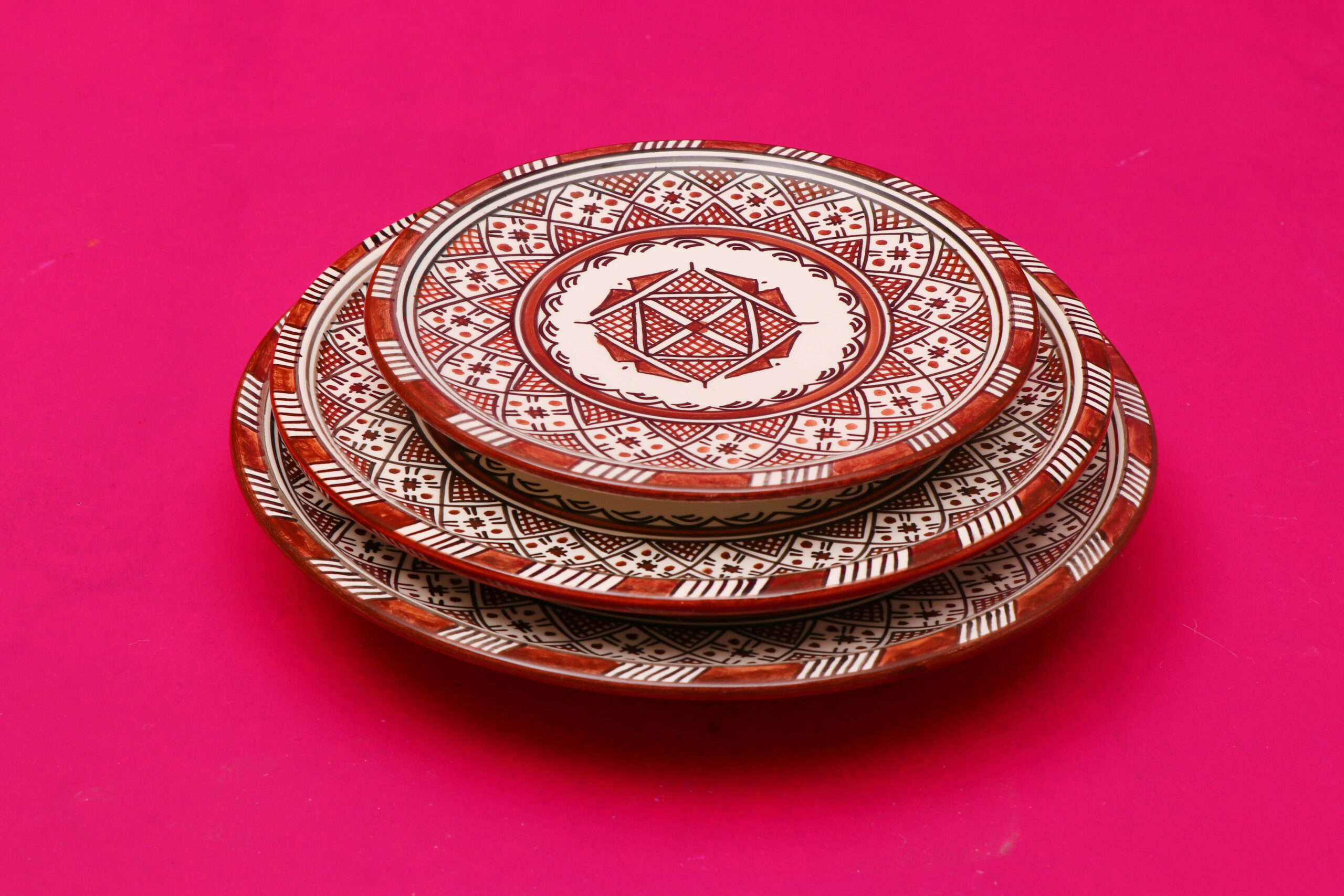Moroccan culture, in all its splendor and magnificence, comes to life on Philippine shores with the holding of the “Moroccan Kingdom of Light” festival at the Rustan’s Department Store flagship in Ayala Center, Makati City.

A three-month immersive spectacle, this annual event started by Rustan’s only last year, highlights the cultural and artistic wonders of the Kingdom of Morocco, as it brings to the fore of shopping pleasure the role of light as the very fount of creation, inspiration and energy.
A cornucopia of cultural artifacts and traditions, this rich offering brings to the experience of Rustan’s shoppers the traditions and craftsmanship of Moroccan artistry, a part of life of this rich and exotic Middle Eastern country.

At the helm of this momentous undertaking, a living proof to the friendship of the Philippines and Morocco, is Zenaida “Nedy” R. Tantoco, Rustan’s chief executive officer, who shared in a recent media walk-through on the fifth floor of Rustan’s, her admiration for the products of Morocco, “which had served as a home for my parents in the mid to the late 1980s, where they were received very warmly by the King and his family, and the people of Morocco.”
“I feel very at home when we’re there. The people are kind. And we have made friendships that have lasted over time.”
She explained that “this festival is one way of thanking Morocco for its kindness accorded to my parents and my sister Marilen who stayed there for a long time. We owe the royal family and the people of Morocco a debt of gratitude, and we hope that with this festival, our friendship and that of our countries, will remain strong and committed.”
On a personal note, she shared, “My new home, to which I transferred only two years ago, has a handmade wooden front door from Morocco. It is an exquisite piece of art made of cedar with a camel bone. My Moroccan chandelier, which I put in front, as you enter (the house), is brass. These pieces are a good match for my furniture which are French-y.”
The indefatigable chairman of Rustan’s related, “The last time I was in Morocco was last year. I headed the group of buyers that bought for this festival. We were there for about two and a half weeks to buy merchandise that you see now in this festival.”

“We went out of our way to find the very best of Morocco this time. Last time (the first Moroccan festival at Rustan’s was held in 2019), it was a first effort for us. We were not really so well-versed. This time we had the back-up of the embassy so they led us to the very best suppliers. We were able to find suppliers that are exporters. Their quality is really good, different from what you will find in the souk.”

She pointed out that the merchandise in this year’s festival had been carefully selected and “are intended to complement the Filipinos’ aesthetic sensibilities, while addressing their cosmopolitan taste. Moroccan look goes well with the Filipino look. Their wares, mixed with Filipino woodcraft, blend well.

“Thus, we have introduced new colors, like the white tajine (earthenware pot) — very new, very young — which I think will attract the younger market. Usually, tajines are in earth colors.”
She added, “Moroccan design is very colorful and very happy. It lifts your spirits. And they’re so good with their hands! (showing a coaster). It’s handmade, made in the Zellige (handcrafted clay tile) style. They love to do everything with their hands and do not use machines!
“We had to wait for almost a year to complete our order because everything was made by hand. Except for some items that are antiques, which we chose per piece, we did not order anything that was already made — these were all made for us.”
Among the products and indigenous handiworks on view and for sale are authentic leather poufs made in ancient tanneries; lanterns of silver, raffia, iron, sometimes palm; Zellige fountains from Marrakesh and Fez; tea glasses, teapots and trays made by intricate hands of artisans; Oulja in Salé known for its pottery; tajines of Zellige patterns; table linens of vibrant colors and bold geometric designs; plates featuring traditional and contemporary designs; handcrafted MOP tables; a silver fountain of intricate metalwork; wool and leather Berber poufs; and ceramic plates made with clay and hand-painted by Moroccan artisans with vibrant colors and intricate patterns.
A selection of caftans and intricate hanging lamps are also definite must-haves.
The Rustan’s festival is supported by the Moroccan Tourism Office and the Embassy of Morocco. “It’s a very heartwarming relationship that we have,” Tantoco said.




